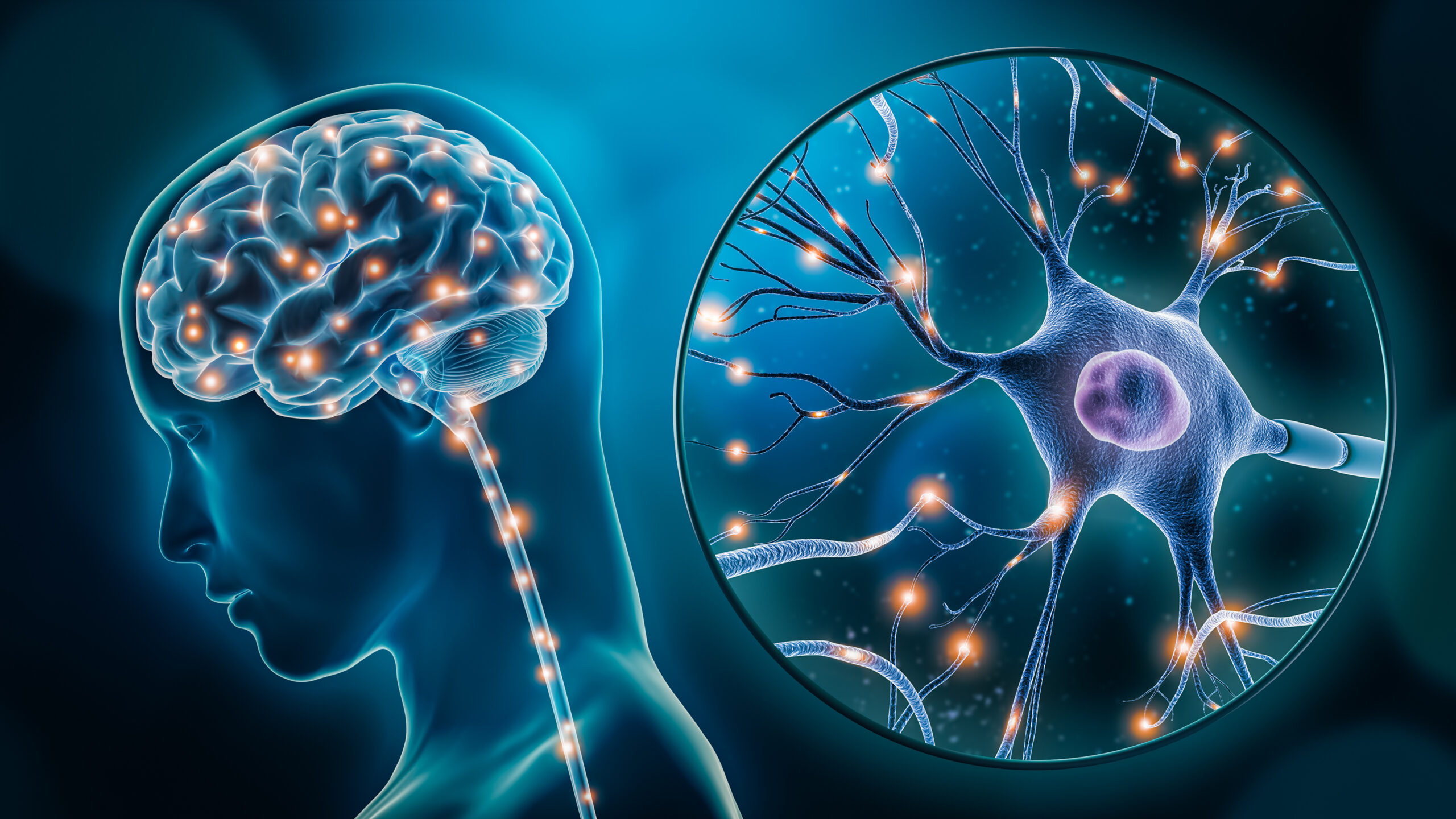Trust is the cornerstone of effective leadership and high-performing teams. When employees trust their leaders, they’re more engaged, innovative, and committed to organisational success. But what exactly is the neuroscience behind trust, and how can leaders leverage this knowledge to cultivate trust within their teams?
Enter oxytocin, often referred to as the “love hormone” or “bonding hormone.” Oxytocin plays a crucial role in social bonding, empathy, and trust, and understanding its effects can offer valuable insights into how leaders can foster trust within their organisations.
Understanding Oxytocin: The Trust Molecule
Oxytocin is a neuropeptide produced in the brain’s hypothalamus and released into the bloodstream and brain in response to various stimuli, including social interactions, touch, and positive emotions. It’s commonly associated with feelings of bonding, intimacy, and trust.
Studies have shown that when oxytocin levels increase, individuals are more likely to exhibit trusting behaviors, such as sharing information, cooperating with others, and demonstrating empathy and generosity. In essence, oxytocin acts as a social lubricant, facilitating connection and collaboration among individuals.
The Role of Leaders in Oxytocin Release
As leaders, our actions and behaviors can significantly influence oxytocin release within our teams. By creating environments characterised by safety, transparency, and positive social interactions, leaders can stimulate the production of oxytocin and cultivate a culture of trust and psychological safety.
So, how can leaders generate oxytocin in the brains of their team members? Here are some neuroscience-backed strategies:
- Demonstrate Authenticity: Authenticity is key to building trust. When leaders show vulnerability, transparency, and sincerity, they signal to their team members that they can be trusted. Authentic leaders create a safe space where employees feel comfortable expressing themselves and sharing their ideas and concerns.
- Practice Active Listening: Effective communication is essential for trust-building. Leaders who practice active listening—fully engaging with their team members, empathizing with their perspectives, and validating their experiences—create stronger bonds and foster trust within their teams.
- Provide Support and Recognition: Recognising and appreciating employees’ contributions not only boosts morale but also stimulates oxytocin release. When leaders acknowledge their team members’ efforts and celebrate their successes, they reinforce positive social connections and strengthen trust.
- Encourage Collaboration and Teamwork: Collaboration promotes a sense of belonging and camaraderie among team members, leading to increased oxytocin release. Leaders who encourage collaboration, foster a spirit of teamwork, and promote collective goals create an environment where trust can flourish.
- Lead with Empathy and Compassion: Empathetic leaders understand and resonate with their team members’ emotions, fostering a sense of connection and trust. By demonstrating compassion, offering support, and considering employees’ well-being, leaders can elicit oxytocin release and strengthen interpersonal bonds.
Cultivating a Culture of Trust
Ultimately, trust is a reciprocal relationship that requires ongoing effort and investment from both leaders and team members. By understanding the neuroscience of trust and leveraging oxytocin’s power, leaders can create environments where trust thrives, collaboration flourishes, and individuals feel valued, respected, and supported.
As leaders, let’s commit to fostering trust within our teams by leading with authenticity, empathy, and integrity. Together, we can cultivate cultures of trust that drive organisational success and bring out the best in everyone.


Leave a Reply